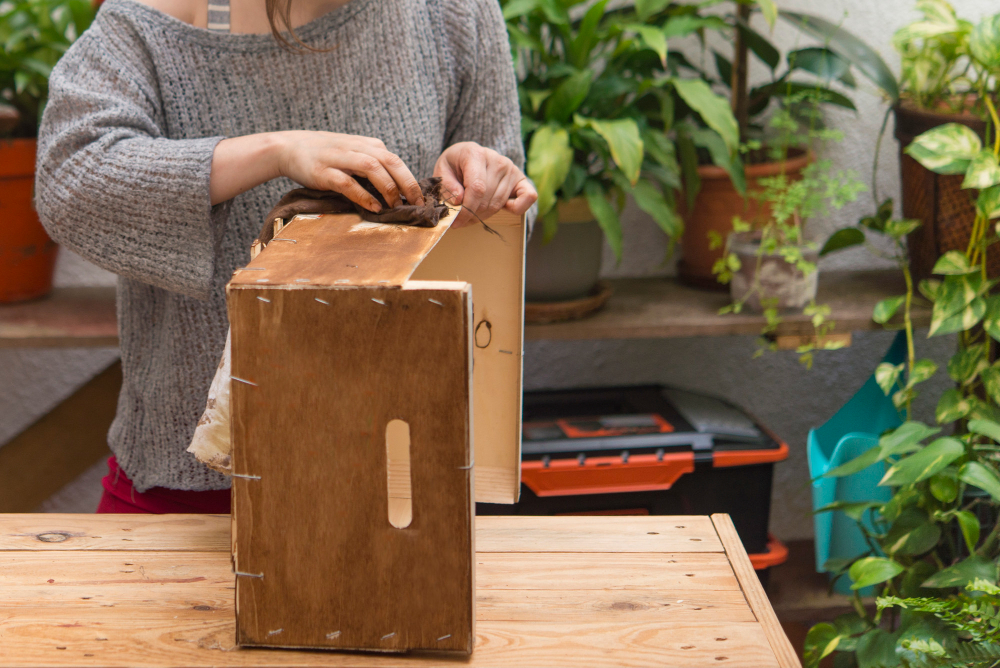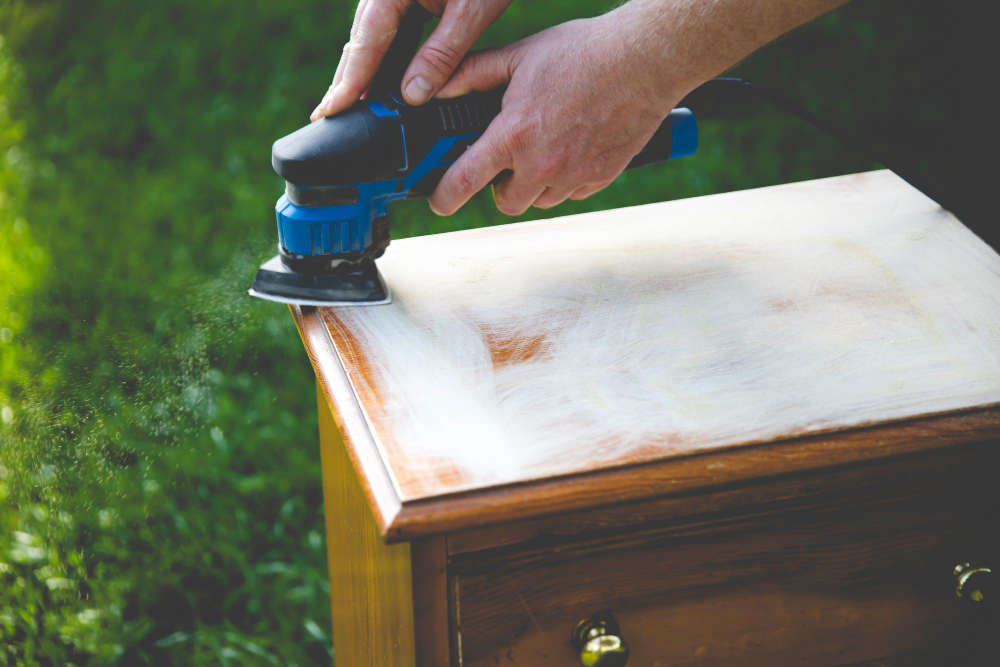Last updated on
Follow these tips if you’re looking to restore your old furniture. Read on!
Old furniture can be a valuable addition to any home, but over time it may suffer wear and tear. Restoring old furniture requires skill, patience, and the right tools.
The process can be time-consuming, but with dedication, it can be a satisfying task. In this blog post, we will go through some essential tips that you need to know to restore your old furniture.
What's Inside
Steps to Take Before Restoration

The first step in restoring old furniture is to assess its condition. You’ll need to evaluate the extent of the damage, such as cracks, chips, or missing parts. Once you’ve determined the damages, you will need to decide on the type of restoration required.
It’s also important to determine the type of wood or material used to build the furniture. This will allow you to choose the right products and techniques for restoration. For example, certain types of wood require specialized products and methods that aren’t suitable for other materials.
Creating a plan for restoration is an important step that you should not skip. You will need to decide on the steps you will take to restore the furniture. Make a list of the tools and materials you’ll need to get started. You may need to purchase additional equipment or hardware to complete the project depending on the restoration plan.
Tips for Restoration

Once you have assessed the damage and created a plan, it’s time to start the restoration process. Here are some tips to help you achieve the best results possible.
Repair Damages
Repairing damages such as cracks, chips, or missing parts is essential in restoring old furniture. Cracks can be repaired by filling them with wood filler and sanding the excess material.
Missing parts of the furniture can be replaced using new hardware or materials that match the original. Chips can be filled using wood putty and sanded to match the surrounding area.
For deep scratches, fill them with a paste made from wood filler and water. Let the paste dry and sand it with a fine-grit sandpaper. This will repair the scratch without leaving any visible marks.
If the wood has a water, urine, or iron stain, sanding alone may not remove it. Wood bleach can be used to restore the color of the wood in the affected area. Before you apply wood bleach, it’s essential to note that it can damage the wood if not used properly. The good news is there are natural and organic wood bleach manufacturers, and you can learn more about these compounds on their site or by contacting the manufacturers. Oxalic acid is one excellent bleaching compound that only works on stains and does not bleach the wood. That means you won’t have to worry about your wood furniture becoming weak, brittle, or discolored.
Sanding and Stripping Old Finishes
Sanding and stripping old finishes is one of the first steps in furniture restoration. This process involves removing the old varnish or paint from the furniture. Sanding and stripping should be properly carried out without damaging the wood underneath. You can use a chemical stripper or sandpaper to strip the furniture.
If you’re using a chemical stripper, make sure to follow the instructions carefully. Wear gloves and a mask to prevent chemical burns or inhalation. Apply the stripper to the furniture and wait for some time before scraping off the old finish.
Sanding is another option you can use to remove old finishes. Sanding can be done manually or with an electric sander. Start with a coarse-grit sandpaper to remove the old finish and move on to a finer grit for the final finish.
Staining or Painting the Furniture
Once the furniture is repaired and stripped, it’s time to add color to it. You can stain or paint the furniture depending on your preference. Staining the furniture allows the natural grain of the wood to show. Painting gives you an opportunity to create a unique look for your furniture.
Before staining or painting, make sure to clean the furniture thoroughly to remove any dust or debris. Apply the stain or paint evenly to the furniture, ensuring that there are no drips or puddles. Allow the first coat to dry before applying a second or third coat.
Applying Protective Coatings
The final step in restoring old furniture is to apply a protective coating to protect it from future wear and tear. You can use wax, oil, or varnish to protect the furniture depending on the type of wood or material used.
Wax provides a soft shine to the furniture and protects it from scratches. Oil penetrates deep into the wood and protects it from moisture. Varnish forms a hard, transparent coating that protects the furniture from scratches, heat, and water damage.
Common Mistakes to Avoid
There are several common mistakes to avoid when restoring old furniture. One of the most common mistakes is over-sanding or stripping the furniture, which can damage the wood and make it difficult to restore. Using the wrong type of paint or coating can also lead to problems such as peeling or cracking.
Skipping essential steps in the restoration process can lead to unsatisfactory results. For example, if you skip the sanding and stripping process for your kitchen cabinets, the new finish will not adhere properly to the furniture. Other mistakes to avoid include not repairing damages properly, not cleaning the furniture before refinishing, and not applying enough protective coatings to prevent future wear and tear.
It’s important to take the time to assess the damages and create a restoration plan, as well as gather the right tools and materials for the job. Following safety procedures, such as wearing gloves and masks when handling chemicals, is also essential.
DIY Options vs. Professional Restoration
DIY restoration is an option for those who have experience working with wood and tools. However, if you don’t have experience, it’s best to leave the restoration to professionals who have the skills and knowledge to restore your furniture correctly.
Hiring a professional has several advantages, such as better results, faster turnaround times, and access to specialized tools and materials. They can also provide advice on the best way to restore your furniture without causing damage.
Restoring old furniture can be a rewarding experience that can breathe new life into your home decor. However, taking the time to assess the damages, create a restoration plan, and gather the right tools and materials is important.
When done right, restoring old furniture can help preserve memories and create unique pieces of furniture that can be passed down through generations. By following the tips in this blog post, you can easily restore your old furniture to its former glory.




